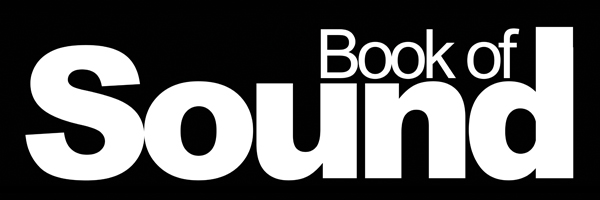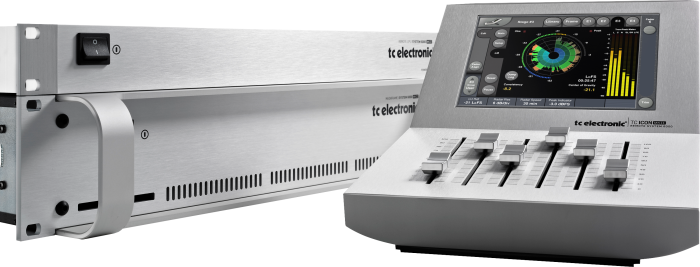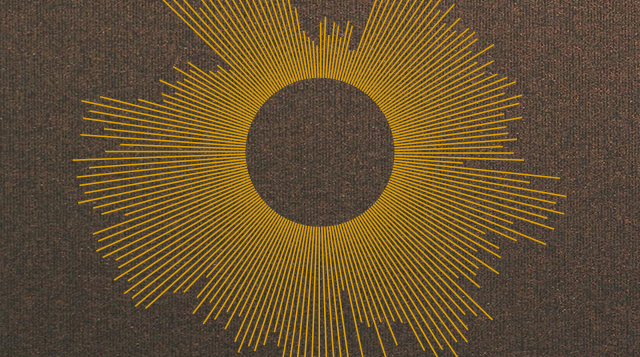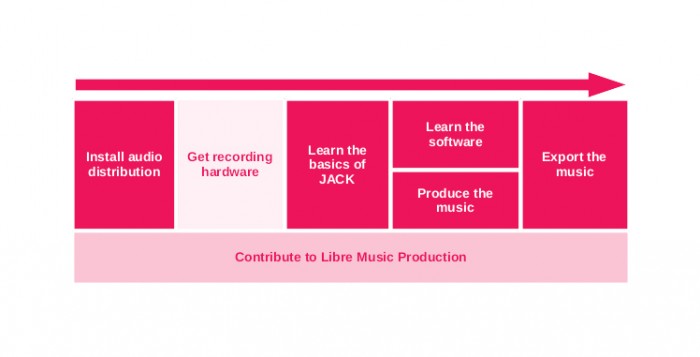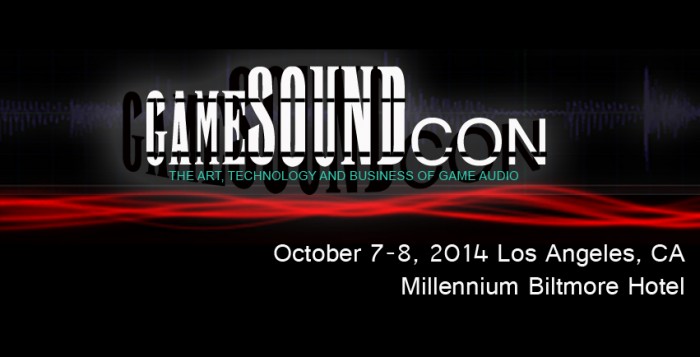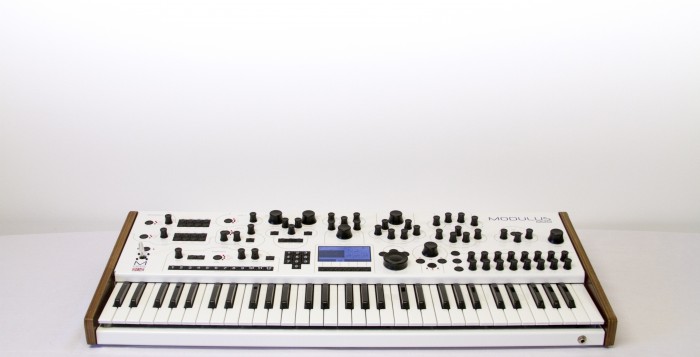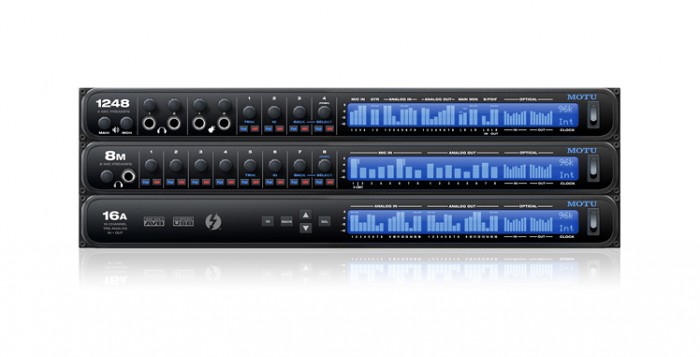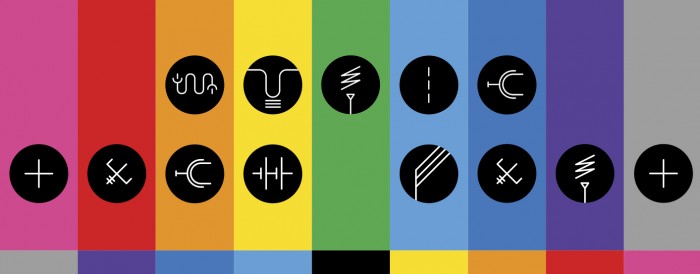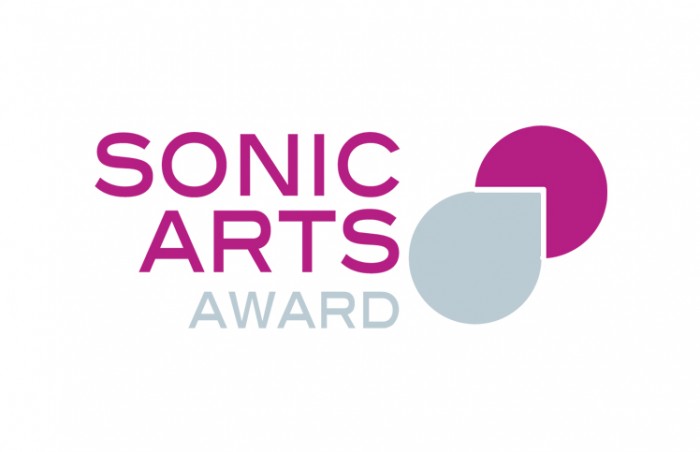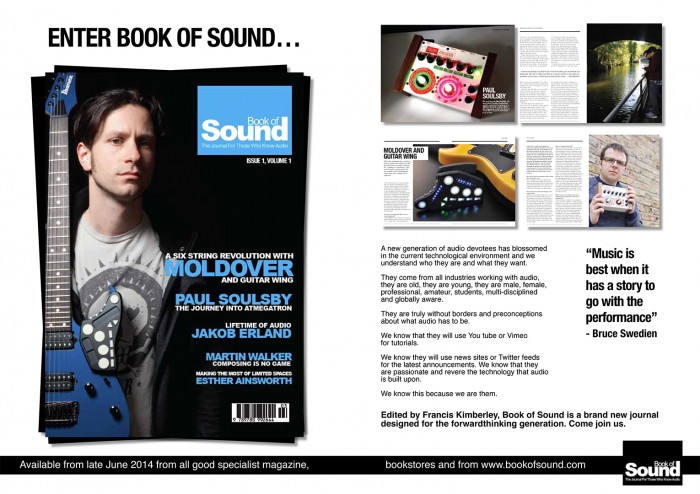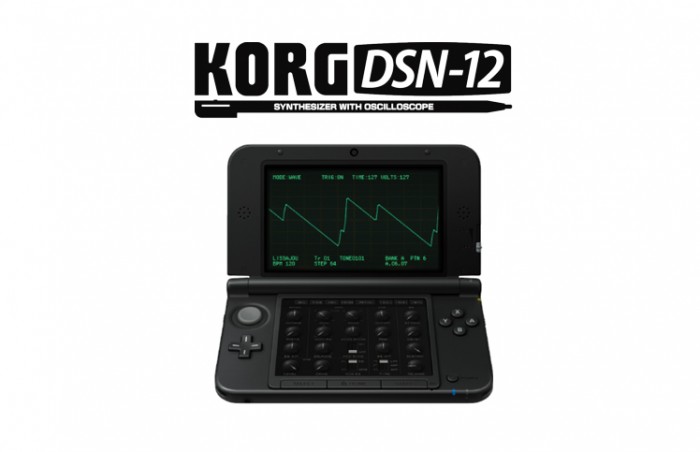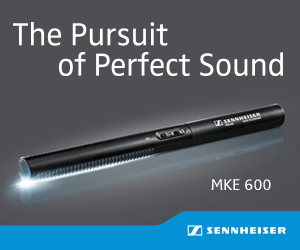TC Electronic have just announced an addition to the TC System 6000 that will make life A LOT easier for a whole raft of users – the System 6000 Integrator.
Anybody familiar with the TC System 6000, or any of its predecessors, will know that using it as part of a DAW or NLE project demands saving your settings separately from the DAW or NLE project and or some crazy inconvenient midi . Now this inconvenience has been consigned to the past with the launch of the Integrator. Using an ethernet cable to connect the 6000 to your computer, Integrator allows your DAW or NLE to use the 6000 as a plugin within your internal processsing chain enabling saving and recalling 6000 parameters as part of your project. In addition to that, using automation allows for preset changes within a project meaning the 6000 system can be far more flexible than before. On top of everything else, using the ethernet protocol allows for multiple 6000 to be used in the same project.
Integration between the software and hardware worlds has been accelerating in the past few years and it’s really good to see TC Electronic get on board here.
The System 6000 Integrator can be used as either as a AAX, RTAS, VST, or AU plugin and users will need an iLok account and iLok dongle for the license although the license can then be stored either on the key or host computer. Currently available at an introductory price of $299 until September 01 2014 when it go up to its usual price of $499. A fully functional 14 day demo is available. For full details and for the demo download go the System 6000 Integrator product page.
What’s better than hearing music? Seeing music, (obviously). Sheffield based designer and artist Alex Szabo-Haslam thinks so too and last year created a way of converting waveforms into hand drawn circular images. Using music from the history of electronic music Alex uses silkscreen printing to lovingly make limited edition pieces of art, numbered and signed by the artist himself. Prints are limited to runs of 25 of each design, cost £30 each with discounts for larger orders, and that includes postage to all UK addresses.
Martyn Ware said, “Love it!”, Stephen Mallinder exclaimed, “Wonderful”, Sean O’Keeffe simply said, “Three words: fucking hell yeah!” and we here at Book Of Sound are inclined to agree with all of them – they look awesome.
The Kickstarter project runs until 22:00 on Friday September 12. Watch the video and check some examples below then go the Kickstarter page for full details and ordering.
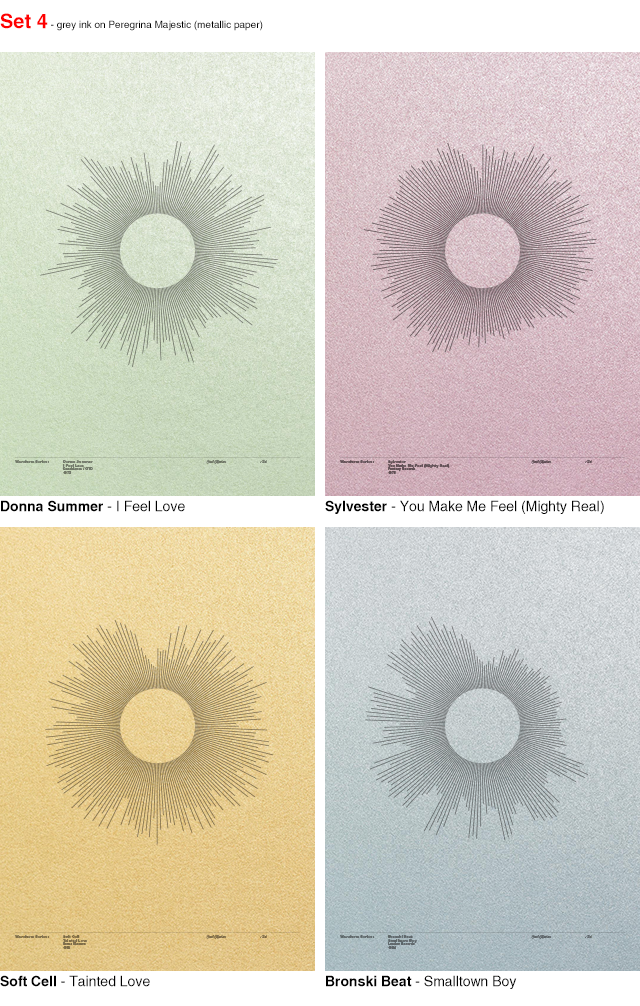
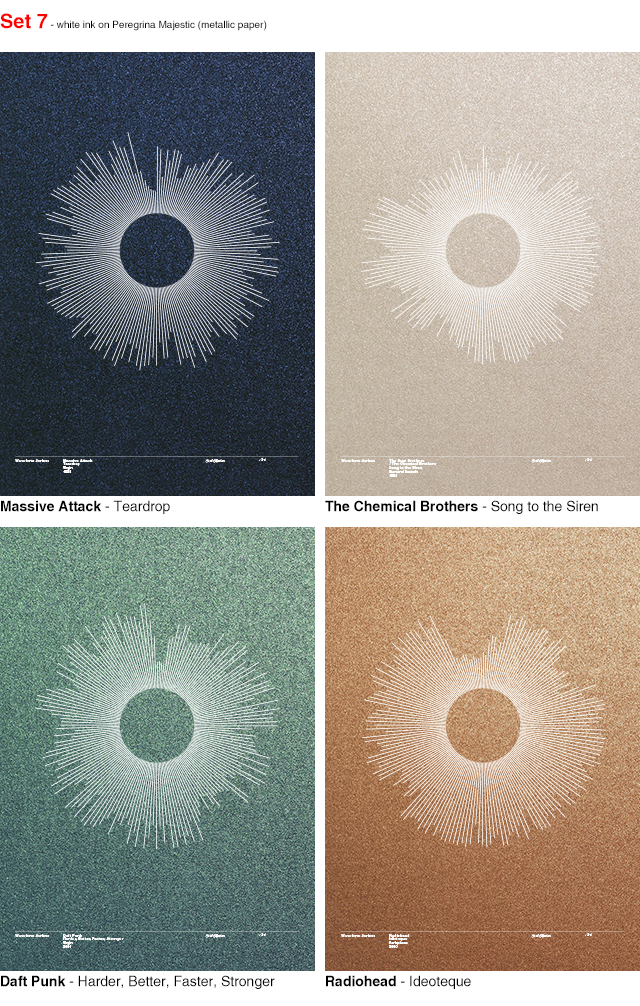
Have you ever been fed up with Apple’s closed ecosystem and inflated prices? Perhaps you’re bored to death with Windows falling over for little reason? Maybe you need to look at other options, and you wouldn’t be alone in doing so. A new community driven online project, Libre Music Production launched this week with the intention of becoming a one stop shop for all who regularly use, or are looking at breaking free from the current standards and branching out into Free/Libre/Open Source Software (FLOSS).
The idea of Libre Music Production (LMP) was born out of a perceived lack of integrated resources, and in particular a lack of information aimed at new and non-technical users. By providing hands-on material submitted by the community, such as guides, tutorials, articles and news updates, it’s the aim of Libre Music Production to show you that there is FLOSS audio software out there that’s a real alternative to the usual formats, as well as show you how to practically use that software to make music.
“On LMP you will find both text and video tutorials, as well as articles, that present a workflow for making music with FLOSS software,” says Gabriel Nordeborn, Co-Founder of LMP. “A wonderful and wide range of options exist for people who want to create music with FLOSS tools. However, a single resource to bring it all together has been lacking. This is no longer the case.”
Libre Music Production features articles on the basic steps in a FLOSS music workflow such as:
- Selecting an audio-orientated Linux distribution
- Getting the right hardware for recording
- Understanding JACK, the all-important Linux audio server
- Producing music with FLOSS software
The articles and tutorials are supported by a Jargon Buster and FAQ-section, as well as a tools listing, and all are linked to throughout the website.
We here at Book Of Sound think that as computer component and hardware production becomes cheaper and technological literacy proliferates with each new generation of musicians, FLOSS may well be the a shining beacon in the future of audio production. The creation of LMP is a great step in formalising a community as well as driving innovation and focusing attention within, and on to, the community.
Libre Music Production can be found at www.libremusicproduction.com
GameSoundCon 2014, the leading conference on video game music and sound design, has announced early bird discounts on all registrations until September 1, 2014. The organization’s 10th conference will be held October 7-8 at the Millennium Biltmore Hotel in Los Angeles and feature two days of sessions, panel discussions and hands-on workshops from over twenty of the game industry’s leading composers, sound designers and audio directors.
“The video game industry has been changing rapidly,” said Brian Schmidt, Executive Director of GameSoundCon. “New consoles have been launched, casual and social games have exploded onto the scene. We’ve put together speakers and sessions this year that reflect the changing challenges of working in videogames for both aspiring and professional composers and sound designers. GameSoundCon continues to be the premier audio event for people who want to understand the creative, technical and business challenges of working in sound for games.”
GameSoundCon comprises four concurrent session tracks. “Game Audio Essentials” features presentations and panels on essential topics in game audio, specifically designed for professional composers and sound designers who want to expand into games. “Game Audio Pro” features talks and roundtables for seasoned game audio professionals, while separate sessions providing hands-on FMOD Studio training and hands-on WWise training allow attendees to bring their laptops and receive training on creating interactive music and sound effects using the industry’s leading game audio design tools.
This year’s featured keynote speaker will be Marty O’Donnell, creator of perhaps the most iconic game soundtrack of the recent era with his work on Halo. O’Donnell, formerly audio director at Bungie, now with his own studio, will talk about stimulating creativity, the video game business, and what it was like to collaborate with Sir Paul McCartney on the upcoming game Destiny.
Full event details as well as ticket purchasing can be found at the GameSoundCon website.
Modulus.002, the British designed and built new mega-synth from Bristol-based Modulus, is out now. Large in sound potential, physical size and financial cost, this synth was born out of a desire to create a synth that aimed for the high end, especially now as hardware synthesizers are currently experiencing a resurgence in popularity but most new synths seemed designed for the low to middle ground. Modulus co-founder and principle designer Paul Maddox explains:
“This came about because I’ve had a long-held dream to build a polysynth since I was knee high. I’ve nearly got there several times, but it was a golden opportunity in July last year when my business partner, Philip Taysom, and myself sat together and said, ‘Now is a good time to do it.’ Both Philip and myself are passionate about synthesisers, and we feel that the synthesiser market has been neglected for a long time in terms of high-end, pro — in quality and feel — instruments. I quite often equate this to a PRS guitar. There is nowhere in the synthesiser industry that I’m aware of where you can go and buy the equivalent of a PRS. That’s what we’re aiming at — top quality, top to bottom.”
As an analogue/digital hybrid keyboard synthesiser (using an aftertouch-enabled premium Fatar semi-weighted, five-octave key mechanism), modulus.002 provides 12 discrete voices of polyphony with full multitimbrality if so desired. As such, it features two NCOs (Numerically-Controlled Oscillators) per voice for exceedingly high resolution and stability with wide-reaching waveform selections, together with two sub-oscillators, individually (and uniquely) switchable from a traditional square wave to having the same waveform as the main NCO to effectively produce four oscillators per voice; a Modulus-designed 24dB/octave fourpole transistor ladder filter featuring some very unusual morphing or ‘polesweeping’ effects, enabling ear-opening transitions from 24dB/octave four-pole to 6dB/octave one-pole filtering and anywhere in between; one LFO per voice as well as a global LFO; wide-ranging modulation options, all accessible directly via the front panel — no navigating convoluted and confusing menus; a pure analogue signal path from the oscillators right the way through to the combined XLR/TRS balanced/unbalanced outputs (with all 12 voices individually available for external processing via a dedicated D-Sub connector); and two audio inputs enabling internal audio processing from the VCF onwards.
There’s also an inbuilt MIDI-syncable 16-track, 12-row, 32-step sequencer with 16 front panel-positioned step-time editing controls can give any hardware rivals already out there a serious run for their money. For sequences can not only be transposed dynamically while running but sophisticated so-called ‘mini arpeggiator sequences’ created using the arpeggiator’s Hold mode can be quickly saved as sequences for recall and editing at a later date using the sequencer. Moreover, modulus.002’s Animator allows any control to be sequenced, enabling complex filter transitions, waveform changes, and modulation matrix changes to be sequenced.
Modulus.002 also features, somewhat uniquely, an Ethernet port meaning it can be connected to a network to enable updates via the Internet as well as access to the modulus.cloud. The modulus.cloud enables user profile
settings, sound patches, sequences, and other content can be easily replicated to a cloud-based server platform to enable rapid resynchronisation to another modulus.002, regardless of whether it is owned by the same user or a collaborator at a remote location.
Coming in £2995 GBP/€3795 EUR/$5200 USD (all prices not including VAT or local taxes) it’s not exactly an impulse purchase for anyone, even those with deep pockets, but considering the sound design features it could well be a synth that could happily be the only synth in a set up. The addition of the modulus.cloud is a great touch and takes away a lot of the headaches traditionally associated with patch management on a hardware device and enables plugin style sharing between users and profiles. Out now and available from Toys4Noise in the UK but directly from Modulus for international sales, go to the Modulus website for full details.
MOTU have announced a new line of audio interfaces with the 1248, the 8M and 16A. As well as offering USB2 connectivity they can run over Thunderbolt and, most excitingly, offer Ethernet expansion. More on that in a moment.
As you might expect when comparing the units against each other they all offer varying I/O options but all 3 interfaces feature the latest generation ESS Sabre32 Ultra convertors, very low analog I/O latency (32 samples/0.66 ms at 48kHz), full metering on all I/O via the front panel 324×28 LCD screen, and the latest TotalMix software. With 32-bit floating point precision, the mixer’s 48 inputs can take signal from the physical inputs on the interface itself, audio channels from host software on the computer, audio network streams and mixer outputs. The mixer provides 7 stereo aux busses, 3 groups, a reverb bus that can alternately serve as a 4th group, a Main Mix bus and a separate Monitor bus that doubles a solo bus. Effects include classic reverb, 4-band modeled analog EQ, modeled vintage compression and gating. A flexible matrix routing grid makes it easy for users to route audio to and from the mixer, the computer and audio network streams, including the ability to split a single input (or input pair) to multiple destinations.
Hang on a minute, “audio network streams”?
Yup, these are the first MOTU interfaces to offer networking over ethernet. While there are a few “standards” currently available (Focusrite’s RedNet ethernet audio networking range uses Dante) MOTU have chosen to go with the AVB, Audio Visual Broadcasting, as developed by the IEEE. For these interfaces, what this means is that you can create your own audio network using upto 5 AVB enabled MOTU interfaces! You can create a network of two simply by connecting them with a CAT-5E cable or you can create a network of up to 5 interfaces using an MOTU AVB Switch (sold separately, obviously). You can also daisychain Switches to add more interfaces which becomes especially useful when you factor in that ethernet can offer cable runs of upto 100m enabling massive networks both in channel count and in physical distance. Any MOTU interface or Thundrebolt connected computer on an AVB network can send and receive 128 channels of network audio, with a maximum of 512 channels per network and all running at a fixed point to point latency of 30 samples (0.625 ms) when running at 48kHz. AVB allows network wide precision clocking and users can simply click the “Become Clock Master” button in the control software to immediately resolve all devices on the network to the chosen master device.
If, after stocking every room in your facility with interfaces and switches, you have a spare ethernet port left over on an interface or switch you can connect your WiFi router and access the all interfaces’ and network’s settings, routing options and TotalMix interface through a web browser on any web browser compatible device, and multiple can access these settings at the same time too!
While not the first manufacturer to bring ethernet capabilities to audio interfaces these extra controls definitely lend a unique spin to the interfaces. The main benefits of Ethernet audio technology really only cater to those with huge channel requirements or large spaces to cover but with the multi-user control possibilities offered by the web browsers MOTU might have found a further niche to explore.
Street price of all the interfaces are $1495USD or £1190UK with the Switch coming in at $295USD (UK price TBC). Full details can be found on the MOTU website.
We are very very pleased to announce that Book Of Sound has become an official media partner to the rather fabulous Music Tech Fest London. What this means is there’ll be full coverage of the London event via live tweeting on our Twitter feed and blogging here at bookofsound.com, as well as Book Of Sound being an official source for all Music Tech Fest announcements for London and abroad. We’ll also be a presence at the London show so come and say hi!
Music Tech Fest is the Festival of Music Ideas and, now in its 3rd year, has very quickly become a global phenomenon. Originally based in London, 2014 marks the start of it going across the planet with shows in New York, London, Paris, Berlin, Boston and Wellington, New Zealand, with 15 international dates already in the diary for 2015.
There are two main components to the festival. Music Tech Fest features a main stage which hosts performances and demonstrations of the cutting edge of both the art and science of music technology. Artists and innovators showcase, perform and discuss their ideas, inventions, products and music. In addition, the festival hosts a 24-hour hack camp at which artists and technologists collaborate to respond to challenges, invent new types of instruments, new ways of making music and new ways of experiencing music. These inventions are then showcased on the main stage and prizes given to the challenge winners.
The 2014 London show is running from the 5th to the 9th of September in partnership with the London Symphony Orchestra, and will take place at the LSO’s fantastic St Lukes venue, smack bang on London’s “Silicon Roundabout” and therefore ideally placed to bring together the best in music and technology from the country.
International event The Sonic Arts Award announced their winners for this year’s competition. There were a total of four categories – Sound Art, Digital Art, Soundscapes, and Sonic Research. Explore the winning entries below and, for full details on this years awards and previous winners, go to The Sonic Arts Award website.
Sound Art – David Hochgatterer, Time To X
Digital Art – Tim Murray Browne, The Cave of Sounds
Soundscape – Anna Raimondo, La Vie En Blue
Sonic Research – Matija Strnisa, Particles of Accordeon
UPDATE – Matija confirmed his winning piece so listen here! Although Matija has an active webpresence (which includes an updated Soundcloud page and website) it’s not immediately clear whether his winning entry is available to listen to. We’ve reached out to Matija and will update as soon as possible.
It’s about to go off…!
After some very hard work over the past few months, Book Of Sound Issue 1 has been formally announced via an advert in our rather brilliant sister publication, Hungry Eye, and on our Twitter feed.
Our cover star is the “Godfather of Controllerism”, Moldover, and his collaboration with Livid Instruments, the Guitar Wing. Also interviewed is Paul Soulsby from Soulsby Synthesizers as he takes us on his journey from the Atmegatron’s inception right up to the present day, and we also speak to Jakob Erland from Gyraf Audio as we talk about his life, his passions, and his gear!
Martin Walker writes about his time as a soundtrack composer in the 8bit and 16bit era of videogames and the challenges of working with the chips of the time, and sound installation artist Esther Ainsworth tells us how she deals with working with audio in acoustically challenging environments.
Out very soon, Book Of Sound will be printed quarterly, is priced at the very reasonable sum of £6.99 GBP and is available from all good specialist magazine and bookstores and online here at www.bookofsound.com
Korg and Detune have announced the Korg DSN-12, a 12 monophonic synthesizer for the Nintendo 3DS. This may seem like an odd choice of platform for a synth but Korg already have a track record in the successful Korg M01D which emulated, you guess it, the classic M1.
Coming with a 64 step and 64 pattern sequencer, chain patterns in upto 99 sequencer scenes, 3 effects can be used at any one time, music and preset sharing between users, a waveform and lissajous display and featuring the first 3D oscilloscope on the 3DS it looks to be great fun and also (dare we say it) a proper musical instrument for anyone prepared to integrate it into their existing workflow.
Available now in Japan, it will hit the rest of the world in September and only be available from the Nintendo eShop. Check the demo videos below.
 Prev123...4Next
Prev123...4Next  Page 2 of 4
Page 2 of 4
